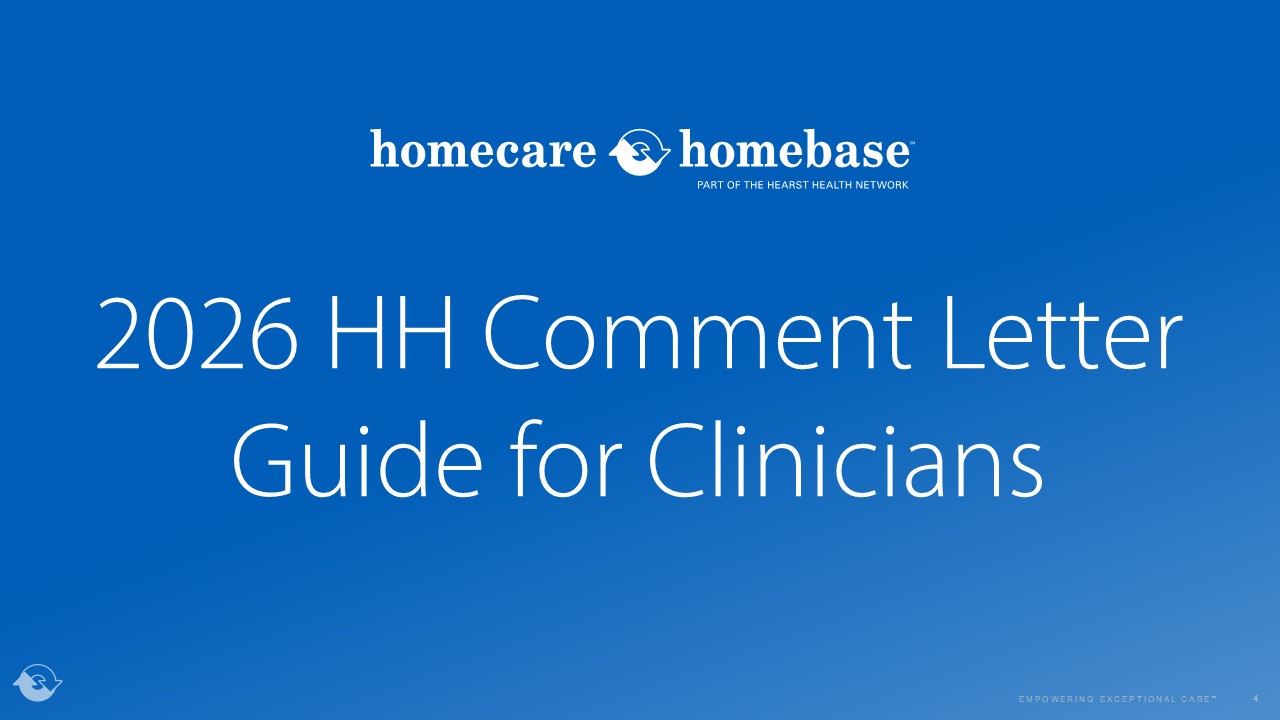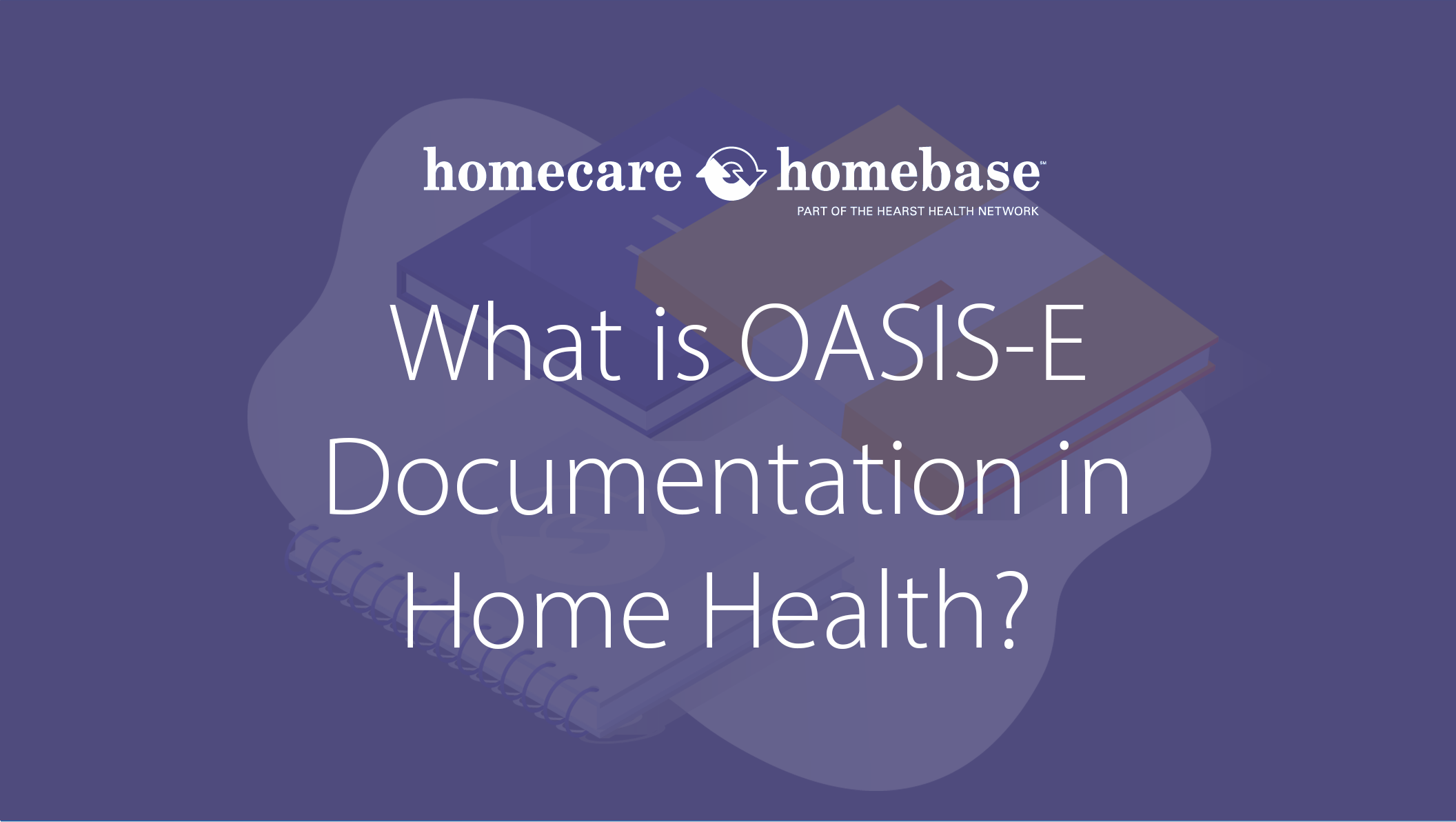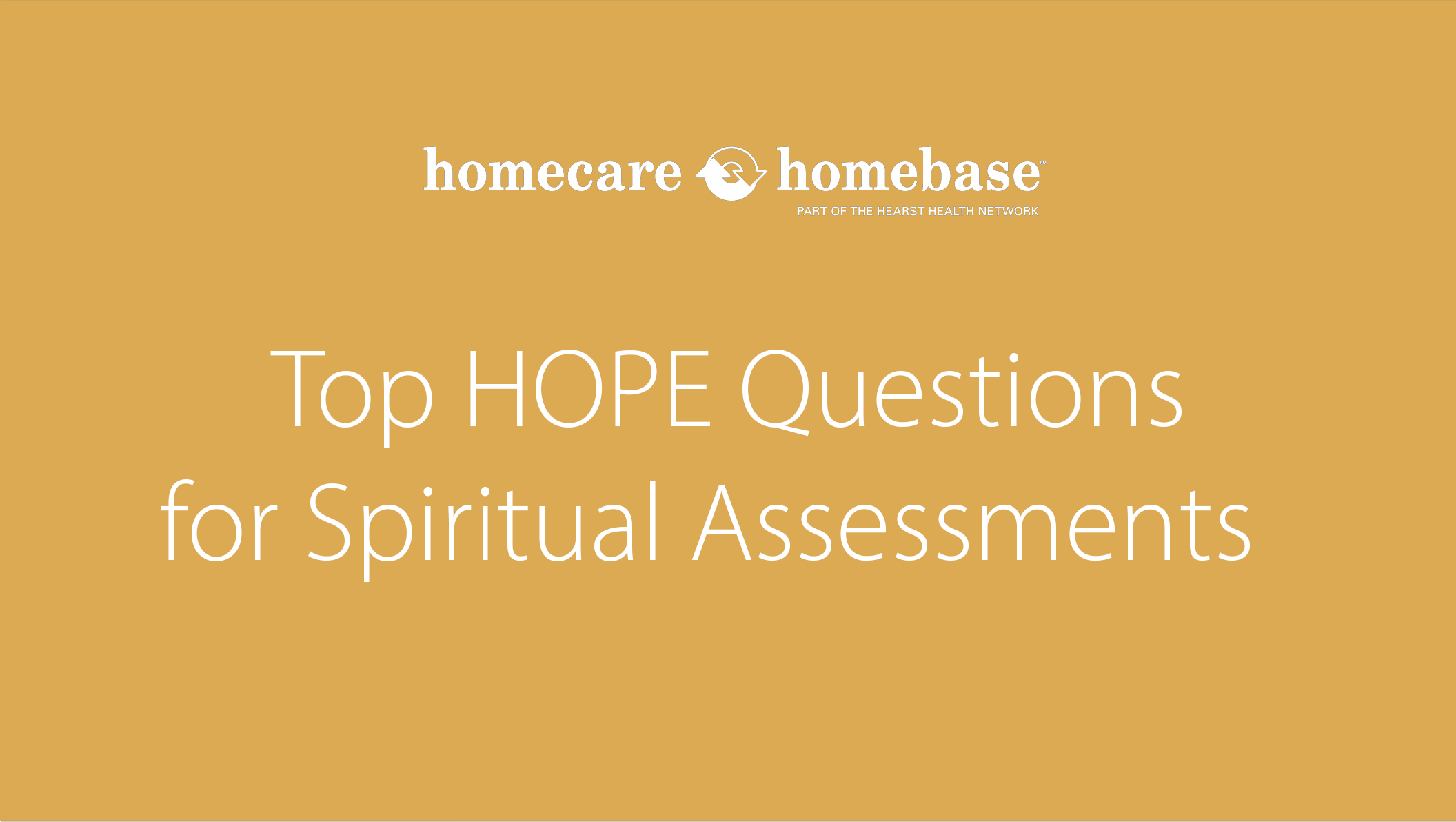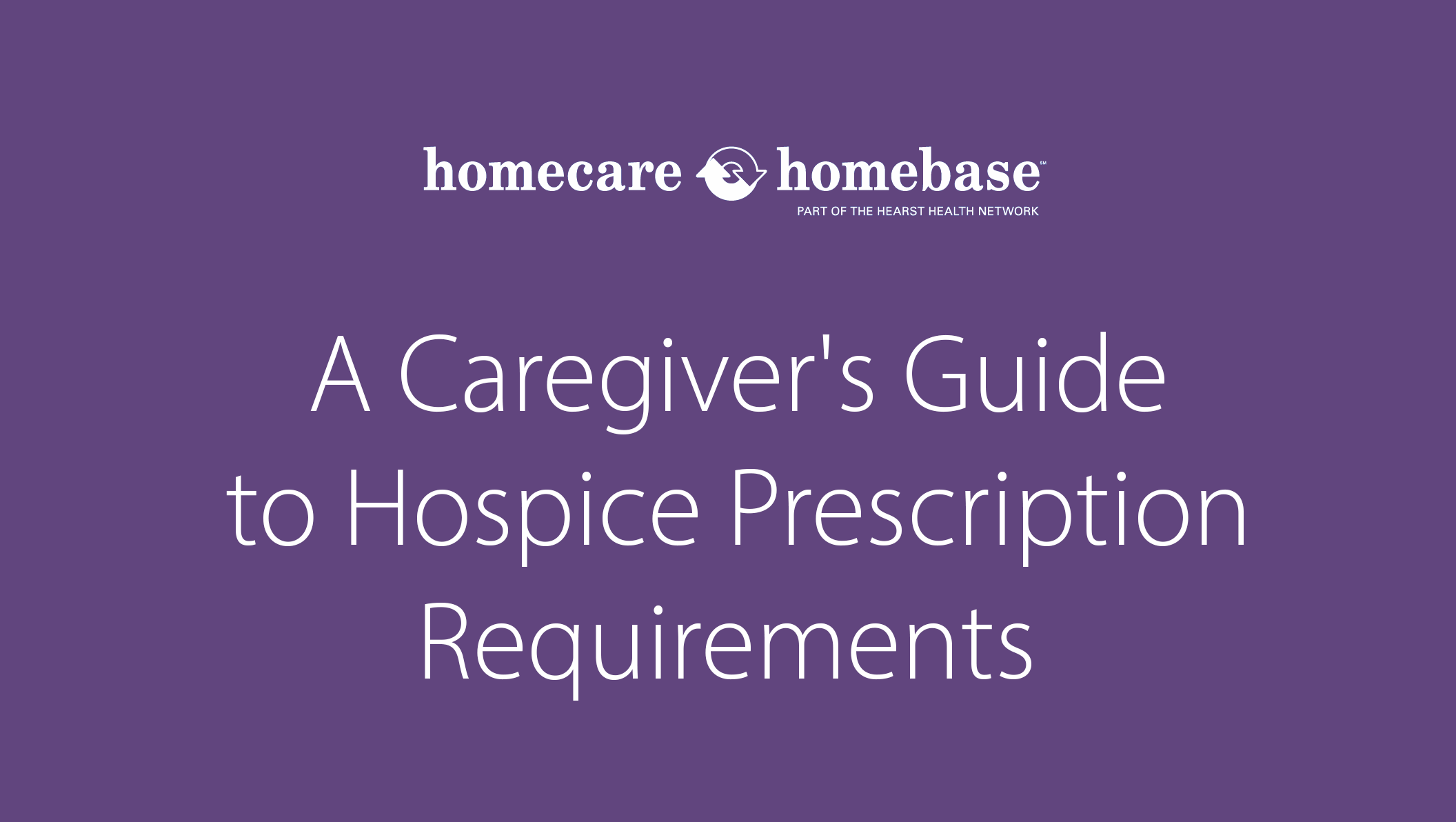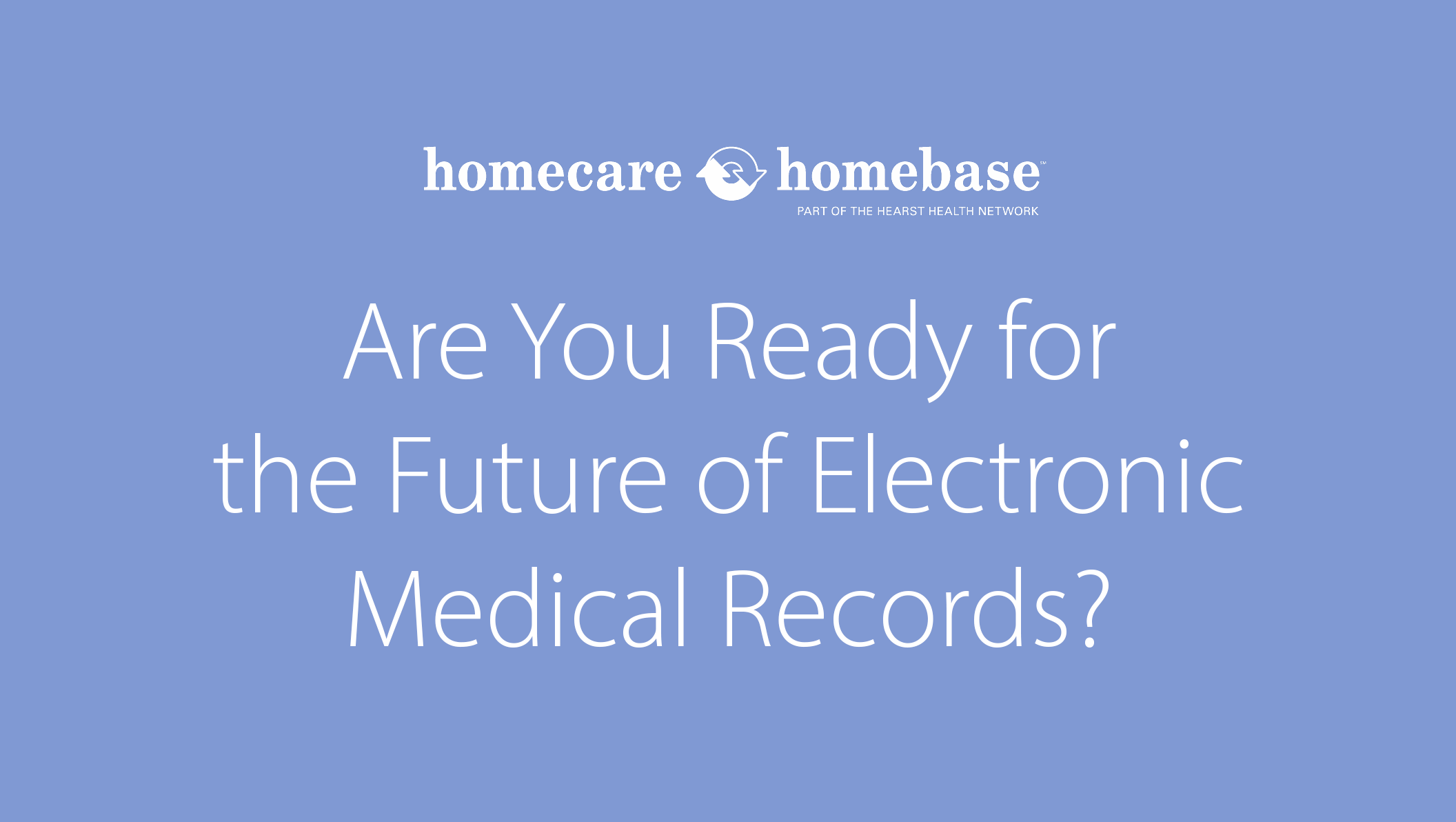The home health value-based purchasing model is set to start its first performance year in 2023. The program will establish negative or positive payment adjustments of up to 5%, so it is vital that agencies use 2022 to forecast their potential scores and make necessary adjustments to start off 2023 on the right foot.
In this blog, we will take a close look at each of the quality measures in the home health value-based purchasing model (VBP) and explore some of the ways Homecare Homebase will help our customers track these measurements. CMS will take the following 8 quality measures into account when creating VBP scores:
- TNC mobility
- TNC self-care
- Improvement in dyspnea
- Improvement in mgmt. of oral medications
- DC to community
- HHCAHPS
- Acute care hospitalization
- Emergency department use
Each of the 8 quality measures has been given a weight. The weight can be thought of as the maximum number of points that an agency can receive for each quality measure or the percentage of the overall score that each quality measure is responsible for. Below is an image displaying the weights for each measure and a total performance score (TPS) example.

View our “Guide to Home Health Value Based Purchasing Scores” for an overview of the value-based purchasing model and a breakdown of the scoring process.
TNC Measurements
“TNC” stands for “Total Normalized Composite.” There are two TNC measures included in VBP, TNC mobility and TNC self-care. These measures each make up 8.75% of the value-based purchasing final score and are taken from OASIS questions that are intended to track the magnitude of change seen in patients’ self-care and mobility. The TNC mobility measurement is a composite of the following 3 OASIS questions:
- M1840 – Toilet transferring
- M1850 – Bed transferring
- M1860 – Ambulation/locomotion
The TNC self-care measurement is a composite of the following 6 OASIS questions:
- M1800 – Grooming
- M1810 – Upper body dressing
- M1820 – Lower body dressing
- M1830 – Toileting hygiene
- M1845 – Eating
Since the TNC quality measures are composites of multiple OASIS questions, it will be important to track performance trends for each question that goes into these scores to locate the best opportunities for improvement. For example, if your team is struggling with improvements for bed transferring, it will affect your overall TNC mobility score so it may be appropriate to create strategies to focus on outcome improvements for this OASIS question.
Improvement in dyspnea
The improvement in dyspnea measure makes up 5.83% of the final VBP score. This quality measure tracks home health episodes of care during which the patient became less short of breath or dyspneic (OASIS question M1400). If shortness of breath is a concern that needs to be addressed as part of the plan of care, a baseline will be established during the start of care visit. If the patient is discharged with a lower score than their start of care score, then they have shown improvement in dyspnea.
Improvement in management of oral medications
The improvement in management of oral medications measure makes up 5.83% of the final VBP score. This quality measure tracks a patient’s ability to prepare and take all oral meds reliably and safely, including administration of the correct dosage at the appropriate times/intervals (OASIS question M2020). A patient’s ability to manage their medications may be limited by:
- Physical impairments (such as dexterity loss)
- Emotional/cognitive/behavioral impairments
- Sensory impairments
- Environmental barriers
If the patient is discharged with a lower score than their start of care score, then they have shown improvement in management of oral medications.
DC to community
The DC to community measure makes up 5.83% of the final VBP score. This quality measure tracks an agency’s ability to avoid unplanned hospital care by whether the agency is able to discharge patients to a community setting rather than an inpatient facility (OASIS question M2420).
HHCAHPS
The HHCAHPS measure makes up 30.00% of the final VBP score. This quality measure tracks an agency’s patient care and satisfaction by pulling the following information from CMS’ HHCAHPS surveys:
- Care of patients
- Communication between providers and patients
- Specific care issues
- Overall rating of home health care
- Willingness to recommend the agency
Since this information is pulled from survey data, providers will need to reference the data available from CMS once the surveys are live to correctly calculate their HHCAHPS quality measure scores.
Acute care hospitalization
The acute care hospitalization measure makes up 26.25% of the final VBP score. This quality measure tracks an agency’s ability to avoid unplanned hospital care by looking at the number of hospital readmissions that are taking place within 60 days of the home health episode. This information is pulled from Medicare claims data for admissions to acute care hospitals.
Emergency department use
The Emergency department use measure makes up 8.75% of the final VBP score. This quality measure tracks an agency’s ability to avoid unplanned hospital care by looking at the number of emergency department visits that do not result in admission to the hospital. The goal is for home health agencies to prevent unnecessary trips to the ER through the home health benefit. This information is pulled from Medicare claims for outpatient emergency department use that do not have a corresponding claim from an acute care hospital in the 60 days following the start of a home health episode.
Download the Specifications for Home Health Claims-Based Utilization Measures document from CMS for further details about the hospitalization related measures. Further details for the evaluation of the HHVBP model were compiled in this technical report from May 2021.
Value-based purchasing preparation
Homecare Homebase urges providers to use 2022 to establish VBP benchmarks and opportunities for improvement. Agencies should identify which opportunities to prioritize keeping the VBP scoring weights in mind and focus on the areas with the most potential for score improvements so their agency can start off on the right foot in 2023.
Homecare Homebase is releasing HCHB Analytics dashboards to help our customers track performance, targets and scoring for all non-survey measures. Agencies will be able to see trends for VBP measures and drill down into the performance of their regions or branches to identify opportunities for improvement in 2022. Contact our sales team online or call us at 1−866−535−4242 to demo the HCHB Analytics home health value-based purchasing model dashboards. If you are already an HCHB customer, contact your Account Executive or review the VBP Overview and Plan of Intent Webinar available on the Homecare Homebase CEP.


